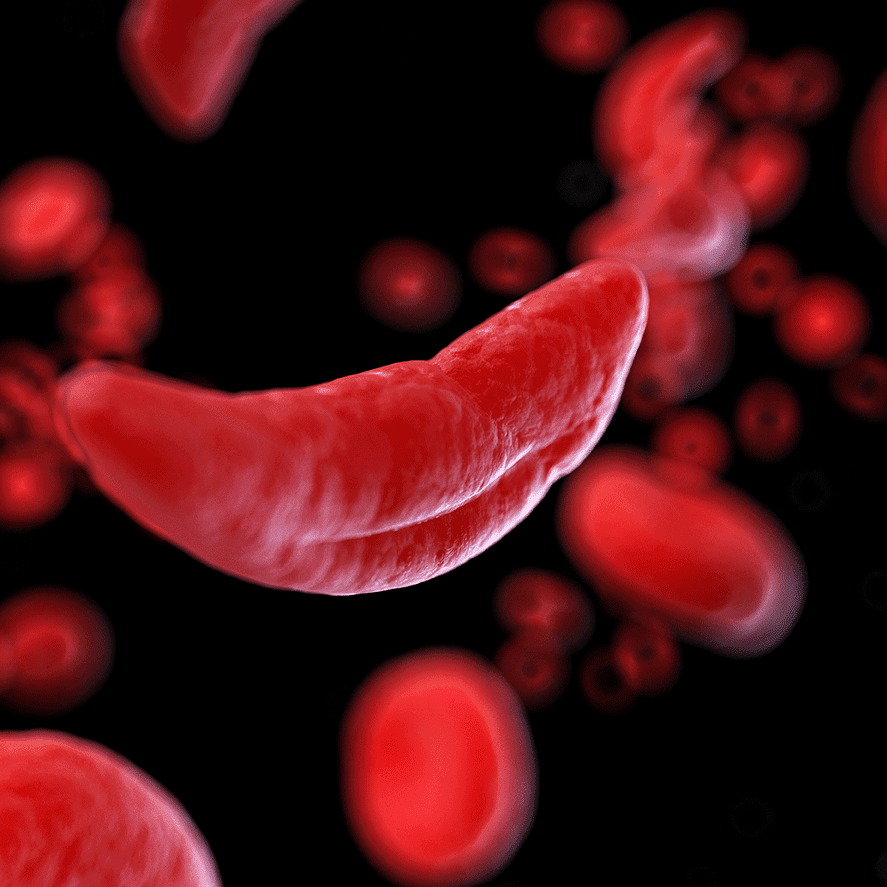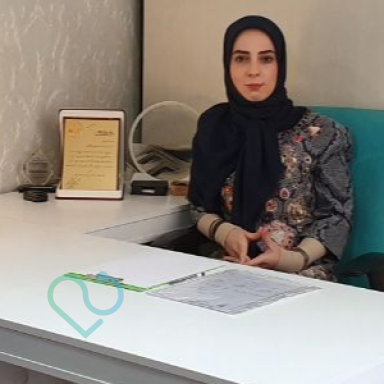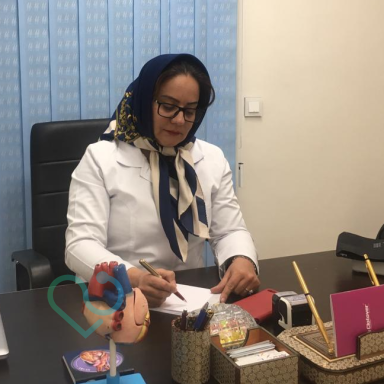Sickle Cell Anemia (SCD) is a genetic blood disorder affecting red blood cells (RBCs). In this condition, healthy RBCs are insufficient to carry oxygen effectively throughout the body.
Normally, RBCs are disc-shaped, allowing smooth passage through blood vessels. In SCD, they become crescent or sickle-shaped due to abnormalities in hemoglobin, the protein responsible for oxygen transport. This abnormal shape makes cells sticky, rigid, and prone to getting stuck in small blood vessels, leading to pain and tissue damage.
Symptoms
Symptoms usually appear around six months of age and include:
- Fatigue or irritability
- Frequent infections
- Swelling in hands and feet
- Chest, back, and limb pain
- Jaundice (yellowing of skin and eyes)
- Bedwetting (due to kidney issues)
Risk Factors
Children with both parents carrying the sickle cell gene are at higher risk. A blood test called hemoglobin electrophoresis helps confirm the condition.
Complications
- Severe Anemia: Sickle cells have a lifespan of 10–20 days compared to normal RBCs (120 days).
- Hand-Foot Syndrome: Blockage in blood vessels causes swelling and pain, often seen in infants.
- Splenic Sequestration: Blockage in the spleen can lead to pain and enlargement, requiring surgical removal in severe cases.
- Delayed Growth: Reduced oxygen and nutrients affect childhood growth and puberty.
- Neurological Issues: Blockages in brain vessels can lead to seizures, stroke, or coma.
- Heart Problems: Reduced oxygen levels may cause irregular heartbeats, heart attacks, or failure.
- Lung Disease: Scarring or high blood pressure in the lungs (pulmonary hypertension).
- Priapism: Painful, prolonged erections in men due to blocked blood vessels.
- Gallstones: Excess bilirubin from broken RBCs can lead to stone formation.
- Acute Chest Syndrome: Severe chest pain, coughing, fever, and low oxygen levels.
- Potential blindness due to blocked blood vessels in the eyes.
Diagnosis
Pre-birth testing via amniotic fluid analysis can detect the sickle cell gene. In children and adults, symptoms such as severe pain, anemia, or enlarged spleen prompt further blood tests for diagnosis.
Treatment
- Hydration to restore normal RBC shape
- Treating infections to prevent sickle cell crises
- Blood transfusions to improve oxygen delivery
- Oxygen therapy for improved breathing
- Pain management during crises
- Bone marrow transplants in severe cases, especially for children under 16
Lifestyle Adjustments
- Using warm compresses for pain relief
- Taking folic acid supplements as advised
- Eating a nutrient-rich diet
- Drinking adequate water to prevent crises
- Regular exercise and stress management
Sources: Healthline, Mayo Clinic, MedlinePlus












Our Customers' Comments
No comments registered